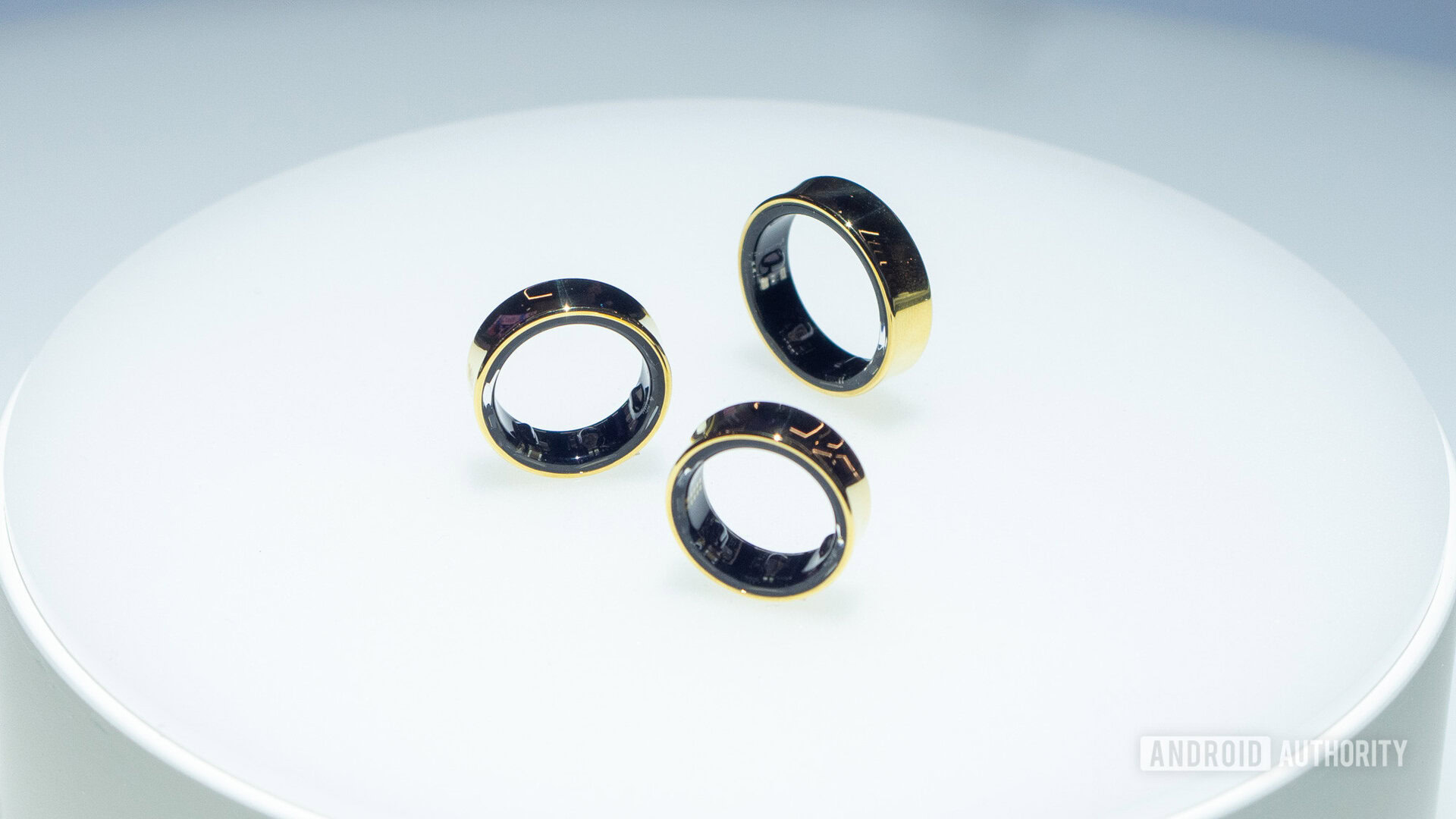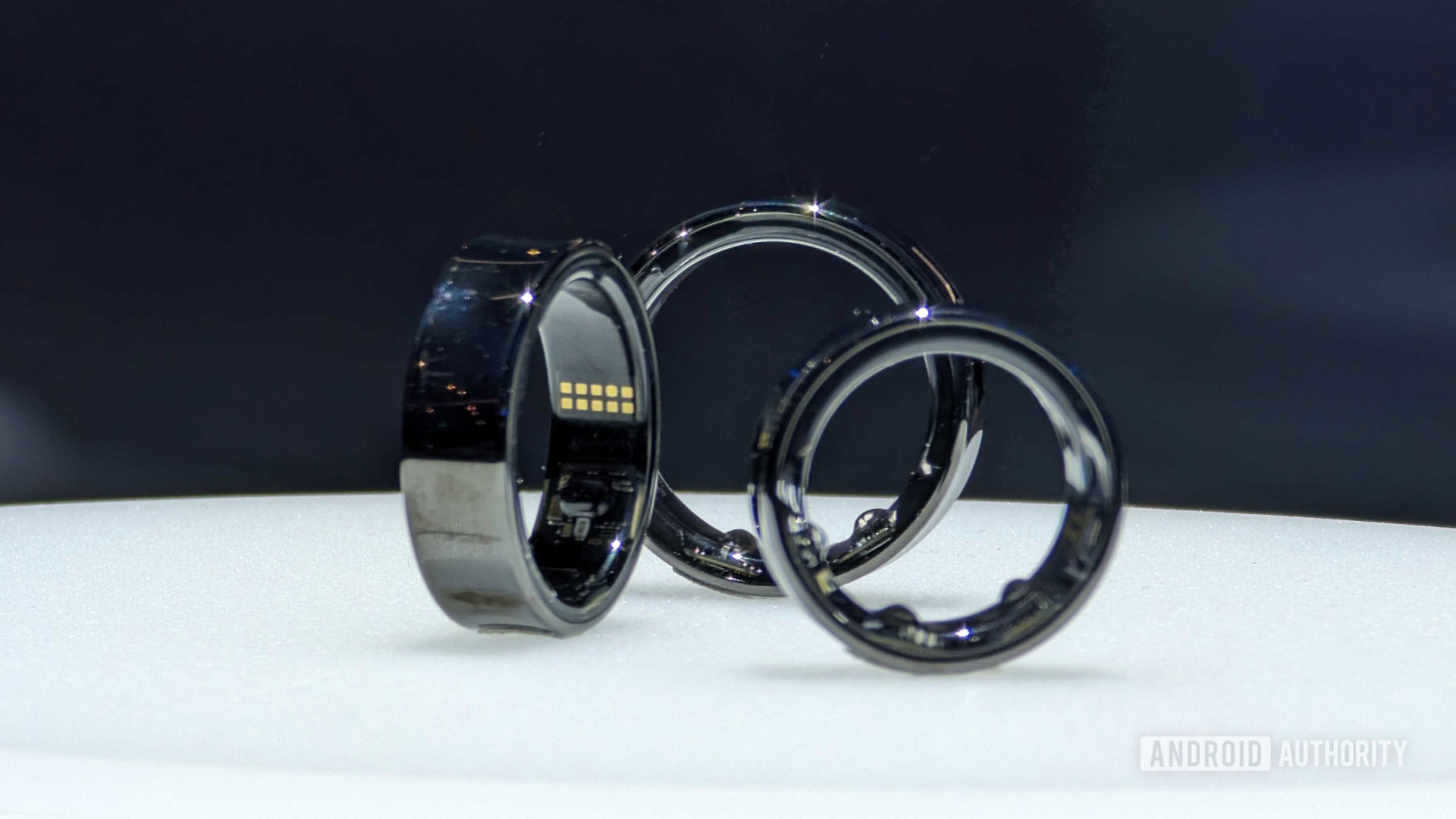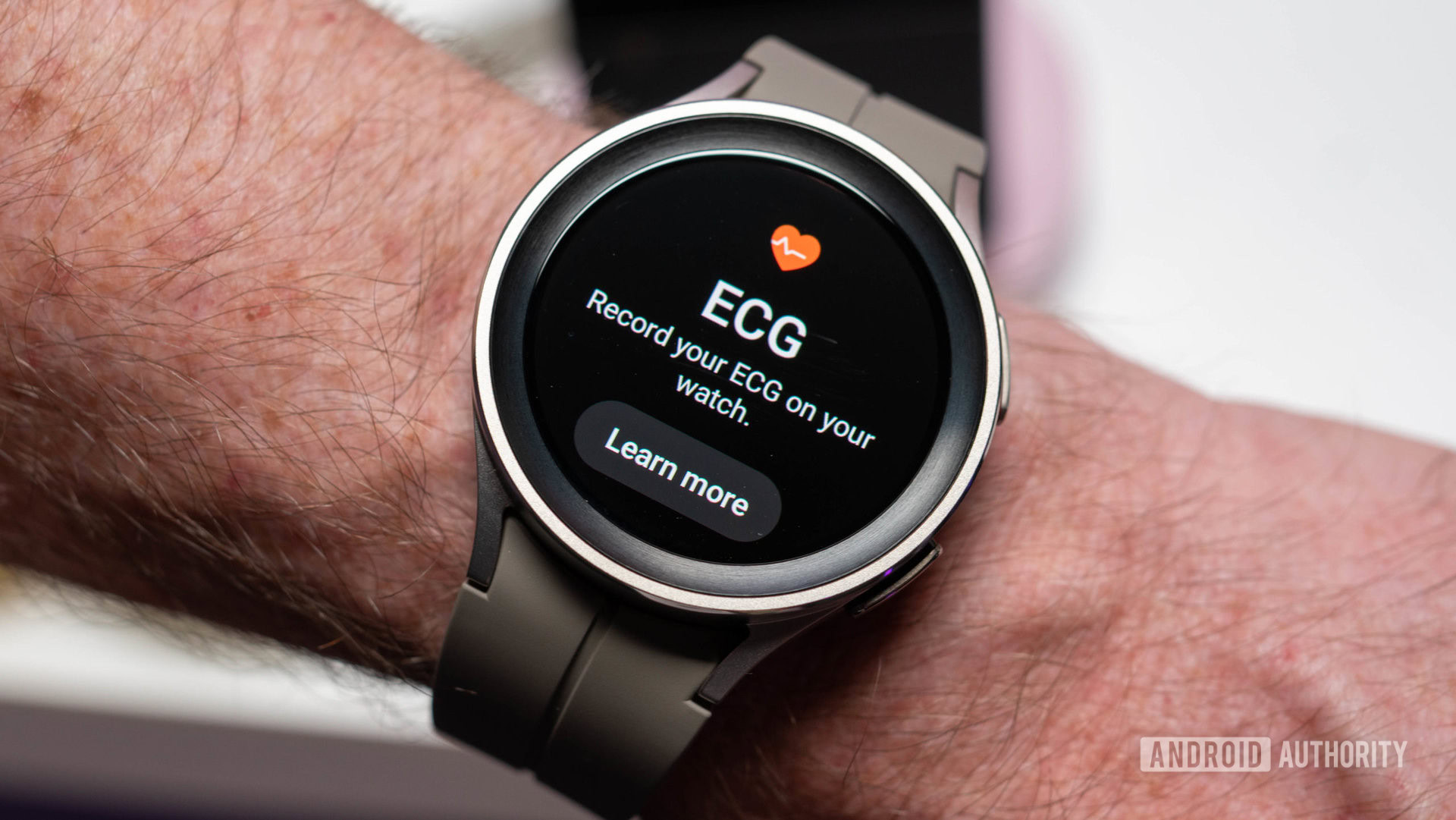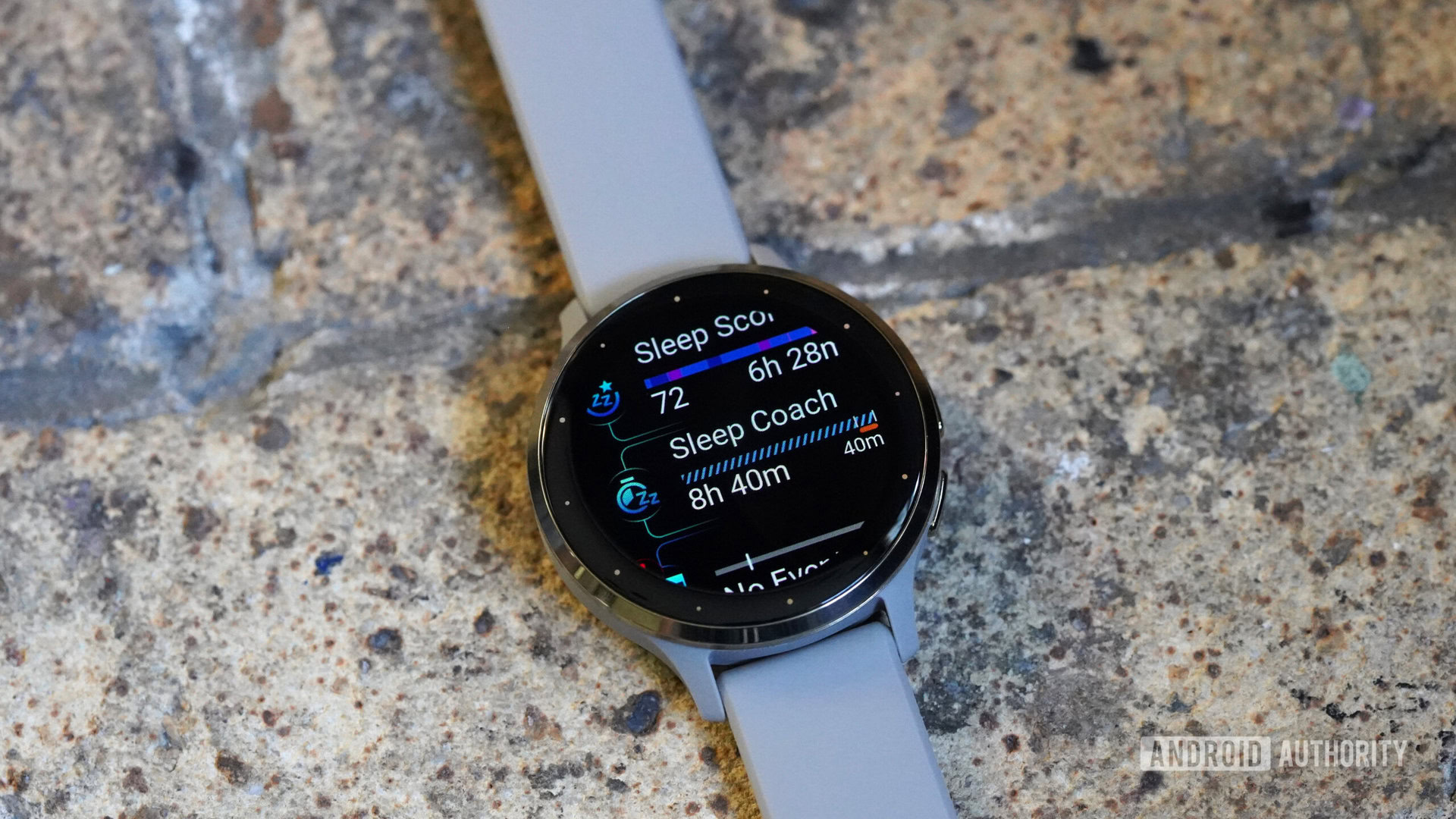
The Subscription Conundrum: Is Ownership a Thing of the Past?
As I navigate the vast expanse of digital services, it’s hard not to feel a sense of frustration wash over me. It seems that everything we own is merely on loan, and our wallets are perpetually drained by the various plans and subscriptions we’ve accumulated. My fitness tracker, once a simple, standalone device, now feels like just another item on my list of recurring payments.
Rumors of Samsung’s impending subscription service have only added to my unease. Will I soon be forced to pay for access to features on my trusty Galaxy Watch? The thought is enough to make me wonder if ownership itself has become a distant memory, replaced by the never-ending cycle of subscription fees and software updates.
As technology continues to evolve at breakneck speed, it’s essential we take a step back and reevaluate our relationship with the digital world. Are we truly in control of our devices, or are we merely renting them from the companies that produce them? The question lingers, as I wait with bated breath for the answer to unfold.
Perhaps it’s an irrational fear, but with subscriptions becoming the norm,
it’s a question worth asking.
Would you buy the Galaxy Ring if it required a subscription?
3539 votes
Yes, I will buy the Galaxy Ring with a fair subscription
7 %
No, I don’t want to buy another product with a subscription
93 %
Want new features? Subscribe for more.

Hadlee Simons / Android Authority
The Rise of Subscription-Based Wearables: A New Era in Fitness Tracking?
In recent years, subscription-based models have become increasingly popular in the wearable technology space. Samsung is not alone in adopting this approach, as seen in the Whoop 4.0 strap, where users pay a membership fee to access a “free” wearable. This concept still perplexes many.
However, the Oura Ring 3, currently leading the smart ring market, takes a more drastic approach. To unlock its full features, users must commit to a $5.99 monthly subscription fee, leaving only a limited selection of basic metrics accessible without it.
The Potential Consequences of Imitation
Samsung may not require a consistent revenue stream to the same extent as Oura, but it’s undeniable that the company could be influenced by its competitor’s actions. In fact, Samsung might find itself drawn towards adopting certain questionable strategies.
By following in its rival’s footsteps, Samsung risks compromising its own innovative spirit and potentially tarnishing its reputation in the market. It’s essential for the company to maintain a sense of independence and not get swayed by the temptation of quick fixes or shortcuts.
The Importance of Staying True to One’s Values
In today’s competitive landscape, it’s crucial for companies like Samsung to stay true to their core values and principles. By doing so, they can build trust with customers and establish a strong brand identity that sets them apart from the competition.
Rather than emulating the actions of its competitors, Samsung should focus on developing unique solutions that meet the evolving needs of its customers. This approach will not only help the company stay ahead of the curve but also maintain its integrity in the eyes of consumers.
The Case for Samsung to Follow Oura’s Lead
A closer examination reveals that there are valid reasons behind this decision. As a smaller company, Oura relies heavily on a stable revenue stream to continue developing its products. Considering the significant upfront cost of $299 for the hardware, it seems unreasonable to pay an additional $70 annually for full access.
Samsung, with its vast resources, may not require the same level of financial stability as Oura. However, by looking at its primary competitor’s approach, Samsung could gain valuable insights. By adopting a similar strategy, Samsung could restrict features on the Galaxy Ring and potentially even the Galaxy Watch that have previously been available for free to users.
This approach would enable Samsung to generate additional revenue streams while still providing customers with access to premium features.
Samsung’s Galaxy Ring: A Smart Move or a Copycat?
While it’s unlikely that Samsung would replicate Oura’s design, I’m equally skeptical about the company resorting to a paywall for its new smart ring, the Galaxy Ring. As a seasoned wearable manufacturer, Samsung is venturing into uncharted territory with this innovative product.
By rendering most of its features inaccessible, Samsung would inadvertently sabotage its chances in the competitive smart ring market and undermine any goodwill it’s trying to generate among consumers. While business motivations can’t be ruled out entirely, especially when profit margins and shareholder interests are at stake.

Kris Carlon / Android Authority
Samsung’s Exclusive Features
While Samsung is known for its innovative smartwatches, it also has a tendency to reserve certain features exclusively for its Galaxy phone users. This means that even though the necessary hardware may be present in the watch itself, these advanced health monitoring capabilities are only accessible through a connected Galaxy smartphone.
For instance, the Watch’s blood pressure monitoring and ECG readings are restricted to Galaxy phone users alone. Despite having the required hardware built into the watch, non-Galaxy phone owners are unable to take advantage of these features. This move has raised eyebrows among tech enthusiasts, who expect seamless integration across Samsung’s ecosystem.
Samsung’s Galaxy AI Future Remains Uncertain
The future of Samsung’s Galaxy AI availability remains shrouded in mystery, with no official confirmation on whether it will remain accessible at no cost beyond 2025. The possibility of a paywall looms large, casting a shadow over the prospect of continued free use.
The uncertainty surrounding Galaxy AI’s pricing has left many users wondering about their future access to this innovative technology.
Samsung’s Health Features: A Shift towards Paid Services?
In its ongoing efforts to enhance user experience, Samsung plans to introduce several new health metrics to its Health platform, leveraging its innovative Galaxy AI capabilities. These features, including heart rate zone analytics and intelligent workout routines, require background processing to calculate metrics for millions of users.
However, considering the resource-intensive nature of these calculations, it’s likely that future development will necessitate a charge beyond 2025 on Galaxy S phones. Despite this uncertainty, Samsung has yet to confirm whether Galaxy AI will remain free or introduce a paywall after 2025.
Not all subscriptions are made equal

Kaitlyn Cimino / Android Authority
Smartwatch Subscriptions: A Balance Between Value and Necessity
Not all smartwatch subscriptions should be dismissed outright, as some can bring significant benefits to users. For instance, Withings Plus leverages data collected by the ScanWatch and other models to provide subscribers with actionable insights.
While not essential, Fitbit Premium and Apple Fitness Plus are two health-focused subscriptions that offer substantial value to Pixel Watch and Apple Watch users willing to pay for their services.
Unlocking Personalized Wellness Insights with Galaxy’s AI-Powered Smarts
For those eager to invest in bespoke wellness guidance, a subscription to Galaxy’s AI-empowered smarts could fill the gap left by Samsung Health. I would enthusiastically endorse this judicious application of machine learning.
By leveraging AI technology, individuals can gain valuable insights tailored to their unique needs and preferences, fostering a more effective and efficient approach to maintaining overall well-being.
“A subscription could allow Samsung to add the one feature its Health app is
currently missing: personal insights.”
Free Fitness Insights from Garmin: No Subscription Fee Required
While some companies require a subscription fee to provide users with their fitness level and health information, not all do so. Garmin, for instance, continually updates its wearables with new features and offers comprehensive wellness and health insights without any additional cost.
With compatible hardware, users can access various valuable features such as Body Battery, Health Snapshot, sleep coaching, and deep training insights. These tools provide a wealth of information to help individuals better understand their overall health and fitness.
Should you really fear a paywalled wearable future?

Kaitlyn Cimino / Android Authority
The specter of a future dominated by machine learning looms large, casting a shadow of uncertainty over our digital lives. As we inch closer to this reality, a sense of dread settles in, fueled by the prospect of gated features behind paywalls.
It’s not hard to imagine that the inevitable proliferation of machine learning will lead to a subscription-based model where access to certain features is restricted to those willing to pay the price.
Samsung Health Subscription Service: A Double-Edged Sword
The Samsung Health subscription service is a complex entity with both positive and negative implications. On one hand, if not executed correctly, it may have the unintended consequence of driving users away from the company’s impressive wearable ecosystem, which has been rebuilt over the past few years.
On the other hand, a well-implemented subscription service could enhance an already robust health and wellness tracking suite, further solidifying Samsung’s position in this space.
The Limitations of Subscription Services in Smartwatches
In recent years, the smartwatch industry has seen a rise in subscription-based services that aim to enhance user experience. However, it’s essential to strike a balance between these services and the hardware capabilities of these devices.
While some may argue that subscriptions can provide additional features and functionality, they should not compromise the core functionality of a smartwatch. A subscription service should complement, rather than restrict, the device’s capabilities.
In particular, a smartwatch’s hardware should remain unrestricted by its subscription status. This means that users should have access to all available features and functions without being limited by their subscription level.
You might like
Comments